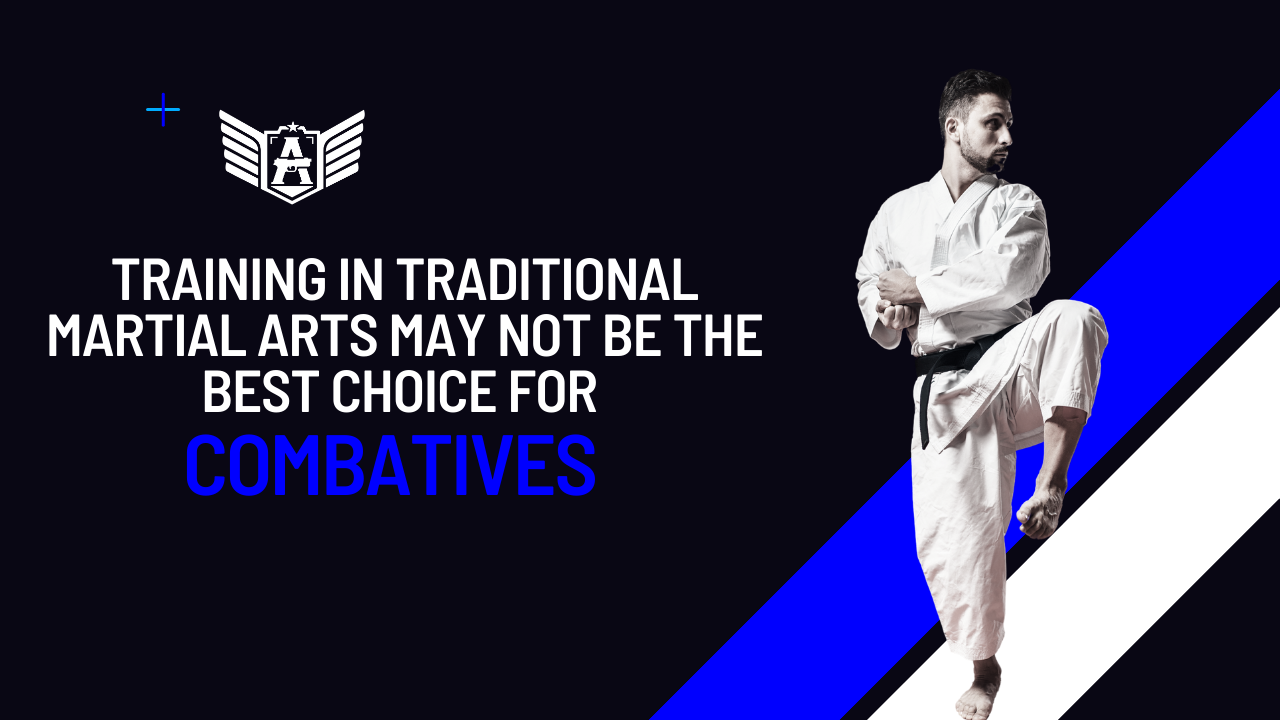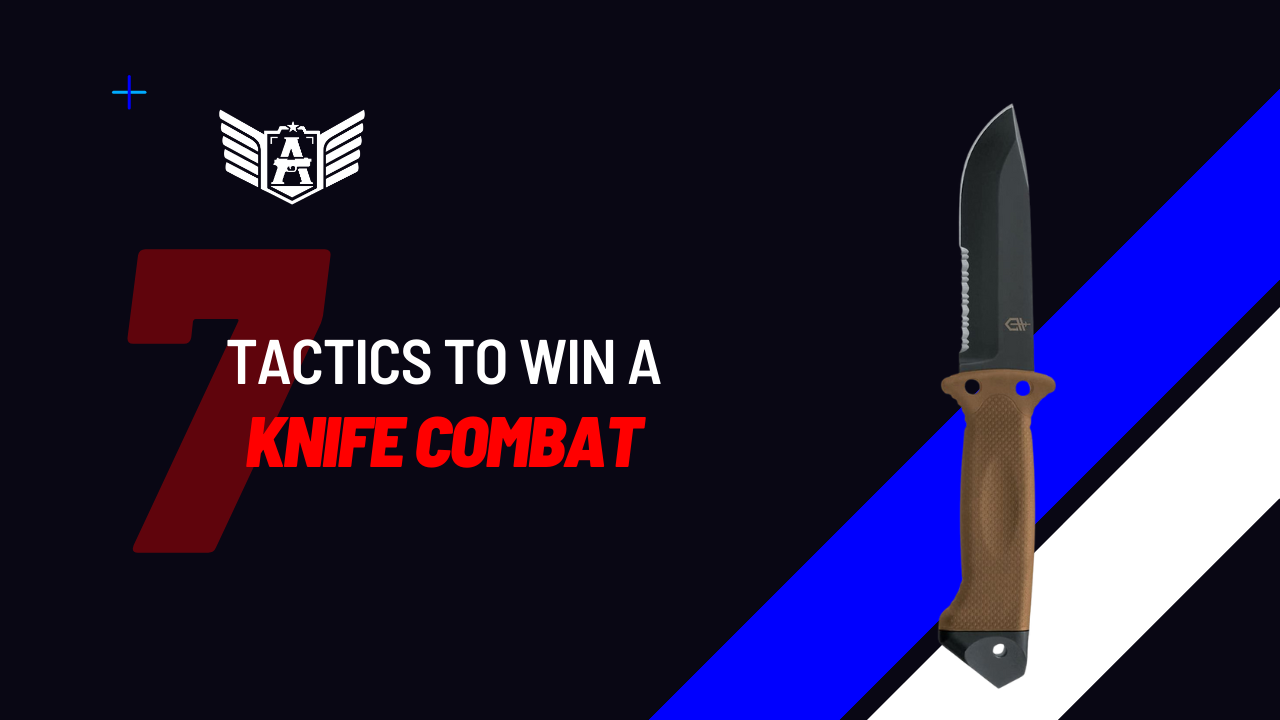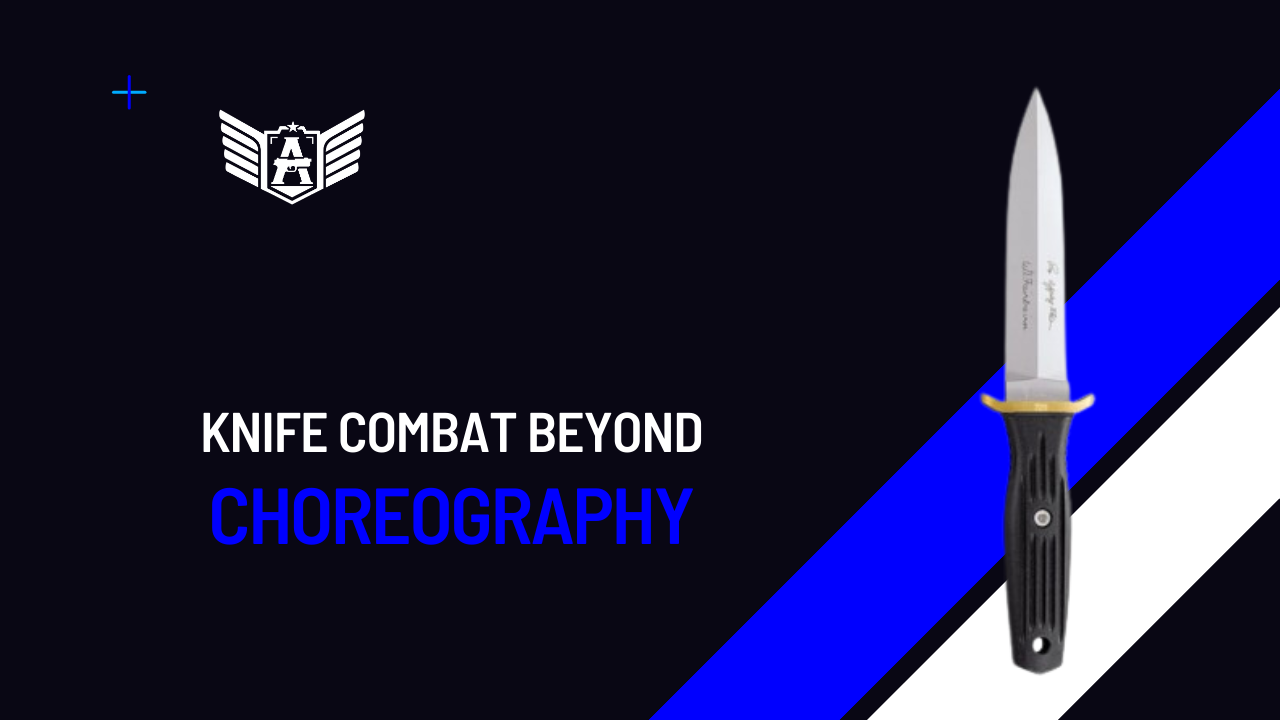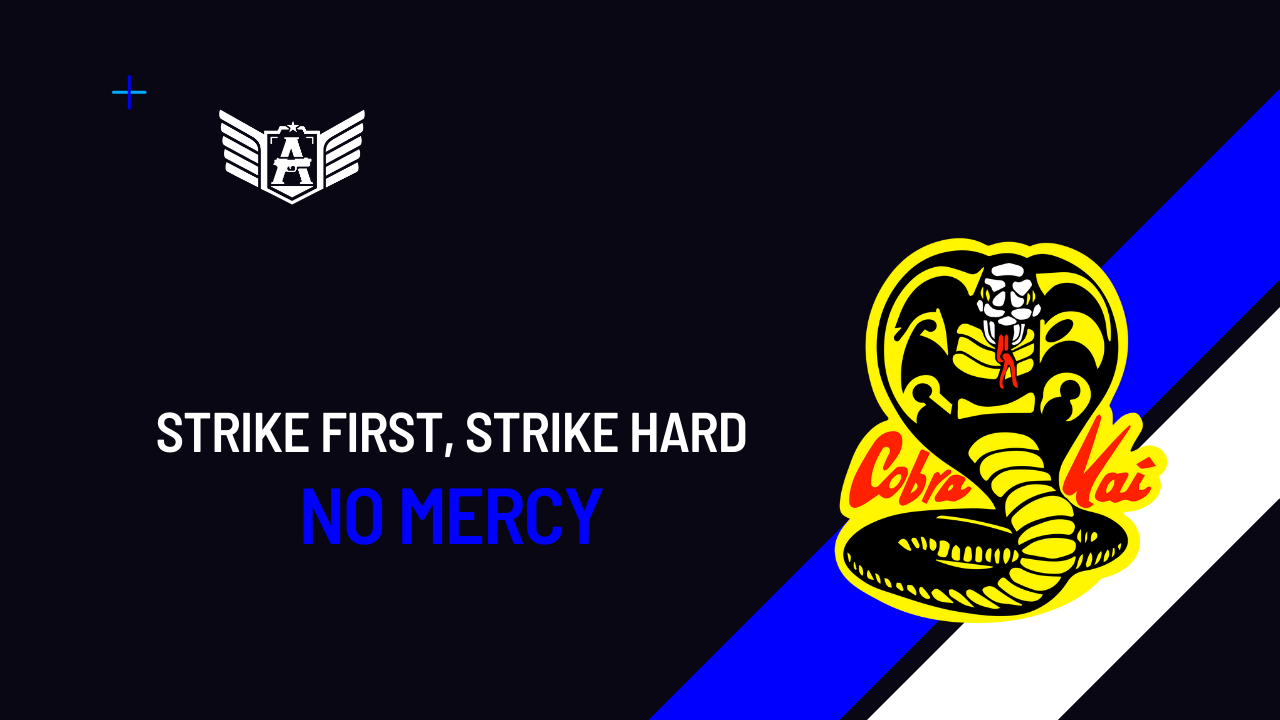Every person should know how to defend himself against violence, both armed and unarmed. Unfortunately, many individuals end up enrolling in traditional martial arts classes designed for competitions rather than practical self-defense.
I understand that this text might provoke some disagreement, but I’ll explain my perspective anyway.
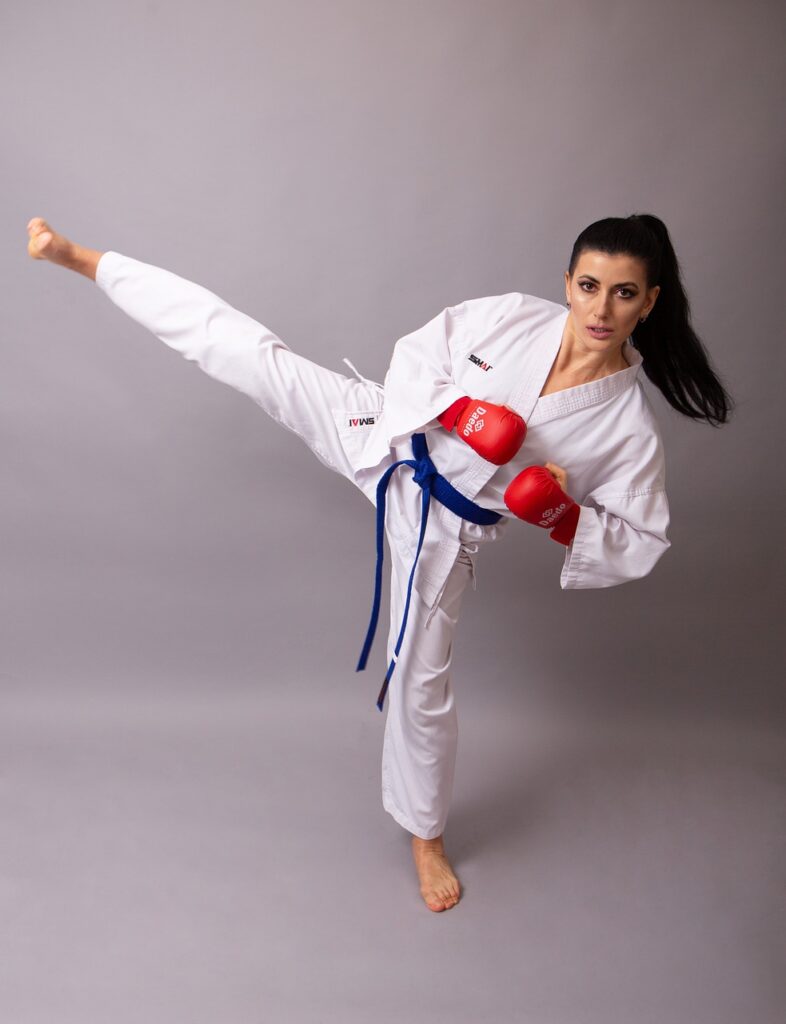
Firstly, let me clarify that I have a deep appreciation for traditional martial arts, and I continue to practice some of them whenever the opportunity arises, especially Judo, Muay Thai, BJJ, and Boxing.
Secondly, the main objective of this article is to highlight the limitations of these martial arts when it comes to self-defense or real-life combat outside of a controlled environment, such as a dojo, octagon, or ring.
Thirdly, this does not mean that these practices are without merit. As mentioned earlier, I continue to train in them for various reasons, including the exceptional physical conditioning they provide.
Now, let’s delve into the subject.
If you are responsible for a martial arts federation and aim to ensure the safety of your students, it’s essential to minimize the risk of injuries. One way to achieve this is by prohibiting certain techniques that are more likely to cause harm.
However, in street fights, the objective is quite different – you need to inflict damage, right?
Consider some of the rules outlined by the KYOKUSHINKAIKAN Karate Federation regarding what may be considered foul play:
- Attacking the opponent’s spine
- Delivering kicks to the joints
- Using clinches not for technique but to halt the fight
- Striking the neck, testicles, eyes, or throat
- Executing twists and joint locks
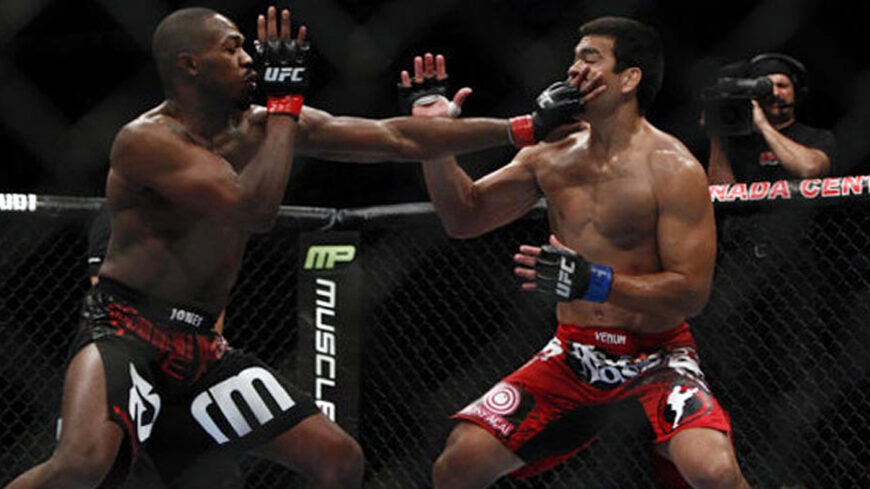
In grappling disciplines, it’s common to restrict techniques such as neck cranks, slamming an opponent on their head, and applying small joint locks.
In MMA, you cannot knee or kick a grounded opponent, target the eyes, strike the throat, grab the trachea, or hit the back of the head, among other restrictions.
The point I’m making is that these forbidden techniques are among the most potent ones available, and traditional martial arts training typically does not cover them.
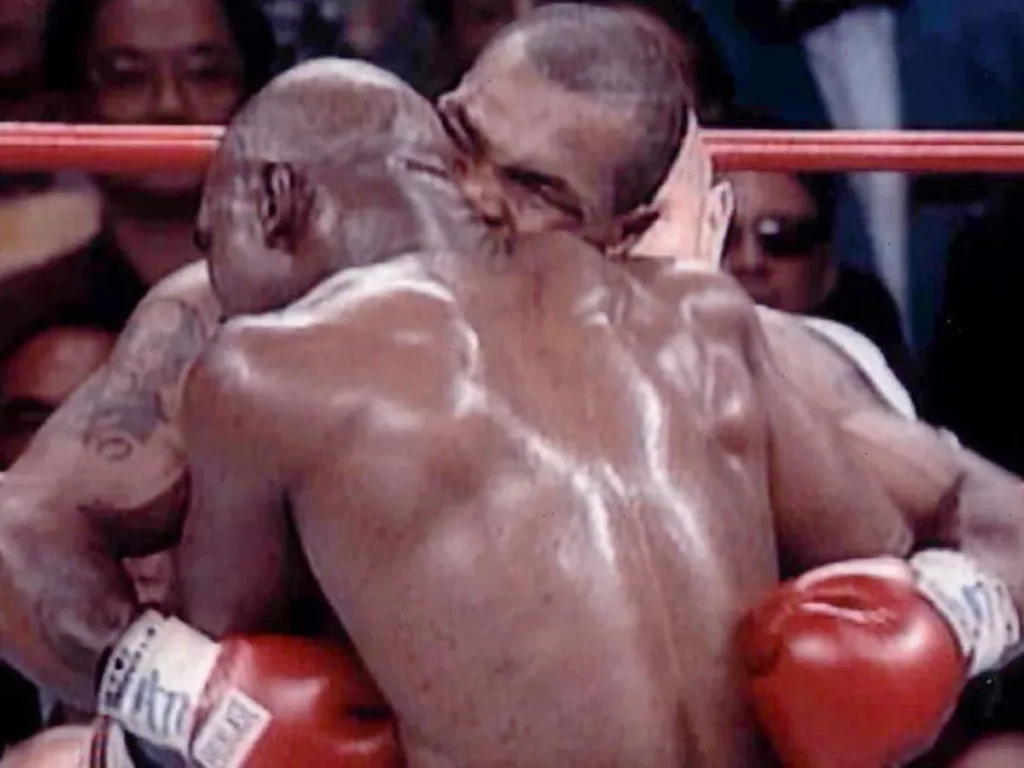
You might say, “Lucas, stop talking and try facing Mike Tyson on the street.”
My response would be, “Of course, I’m not foolish enough to do that. Tyson is a heavyweight world champion, and I’m not. Are you?”
Certainly, traditional martial artists possess skills that can be effective on the streets. However, they could become even more proficient in this regard if their training focused on real combat situations rather than tournament settings. Does this make sense?
By the way, you are aware that on the streets there are sticks, knives and rocks, right? Do these guys are training to use it?
Considering that training in martial arts for real combat demands a completely specific set of skills and class routines, it’s likely that traditional martial arts may not be the quickest or most efficient path to learn those skills.

